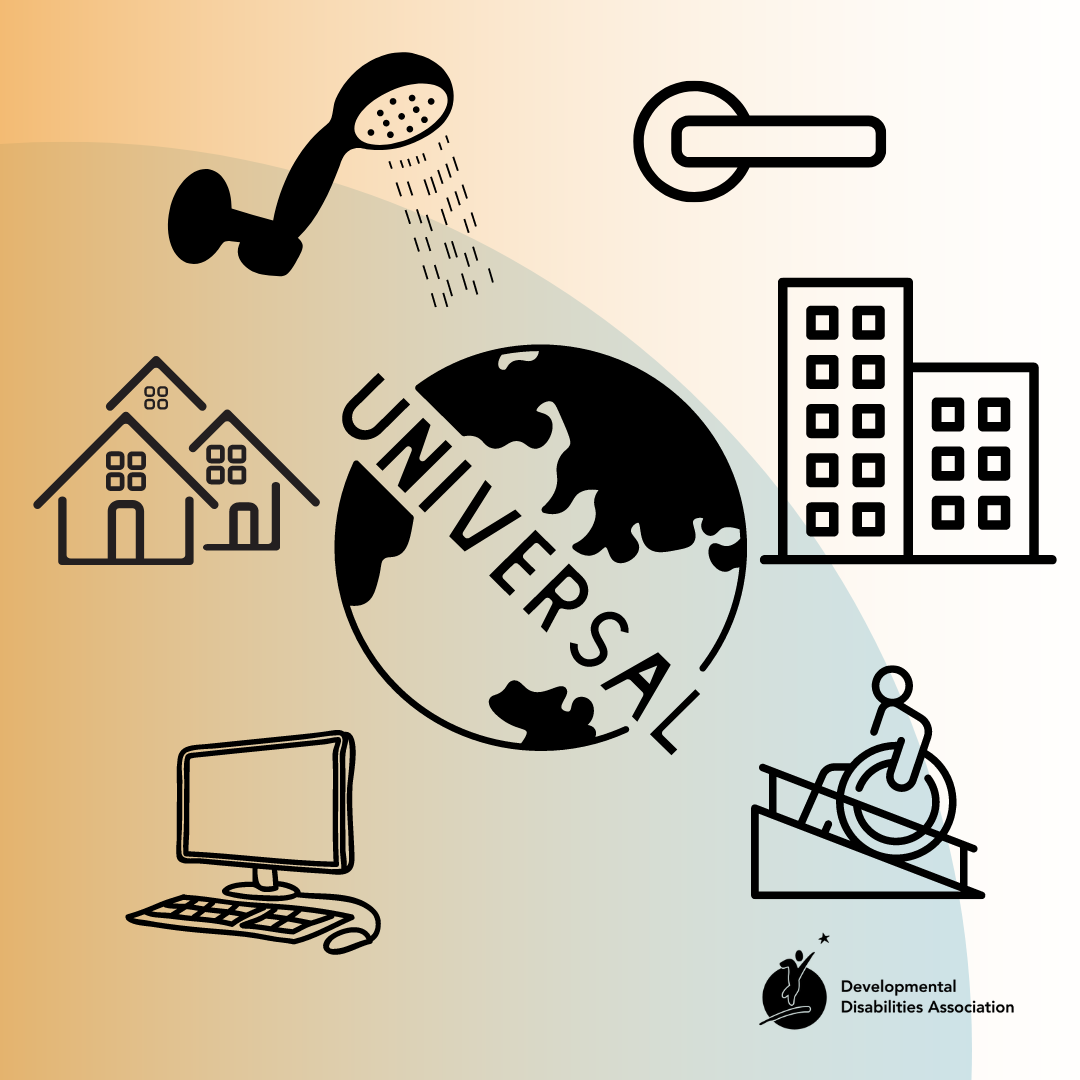By DDA Communications Manager, Evan Kelly
The City of Richmond, along with the government of BC, announced a new affordable housing development at 5491 No. 2 Road as part of the Homes for People Action Plan. Certainly, this is good news for the city, for the most part when considering the cost of living in the Lower Mainland. There will be 80 units in total in a variety of sizes aimed at people and families with lower or fixed incomes, and people with disabilities. Of the 80 units:
Five per cent of the units will be fully accessible for people living with disabilities.
With four units considered fully accessible, it feels like a step forward, albeit a small one. What about the other 95%? Is accessibility given as much consideration to the other 76 units? We might remind you according to a 2022 sudy 27% of Canadians identify with having a disability. Given that stat, we should do more to implement universal design when it comes to literally everything humans build and create.
While it’s often associated with making spaces and tools usable for people with disabilities, the truth is that accessibility benefits everyone. Universal Design is:
The design of products and environments to be usable by all people, to the greatest extent possible, without adaptation or specialized design. (UC Berkeley)
One of the fundamental principles of universal design is the removal of physical and social barriers. For instance, a ramp designed for wheelchair users also benefits parents with strollers, travelers with suitcases, and people with injuries. This inclusive approach ensures that everyone can navigate their environment independently.
Incorporating universal design fosters a culture of diversity and inclusion. When spaces and products are designed to accommodate a wide range of abilities and needs, it sends a powerful message that everyone is valued and respected. This not only benefits individuals with disabilities but also promotes a sense of belonging for everyone, regardless of their differences.
Universal design goes beyond mere compliance with accessibility standards, which sometimes do not go far enough, it prioritizes user experience for all individuals. Whether it’s designing user-friendly websites, public transportation systems, or furniture or homes, the focus is on creating environments and products that are easy to use and navigate for everyone. Accommodating the human form…in all its forms.
Designing with accessibility in mind not only benefits current generations but also future-proofs our infrastructure. By investing in inclusive design practices today, we ensure that our communities remain accessible and sustainable for generations to come. From smart cities to assistive technologies, universal design paves the way for a more equitable and resilient future.
So when we build or redesign our communities for future use, let us ensure that 100% is accessible, not just 5%. Universal Design is not just about making spaces and products accessible to people with disabilities; it’s about creating a world where everyone can fully participate, regardless of their abilities or circumstances.
Guidelines for Universal Design:
In 1997, architects, product designers, engineers, and environmental design researchers at the Centre for Universal Design at the North Carolina State University developed 7 factors that need to be addressed when employing the concept of universal design. Although the centre is no longer around, its principles have remained.
- Equitable Use. The design is useful and marketable to people with diverse abilities. For example, a website that is designed so that it is accessible to everyone, including people who are blind, employs this principle.
- Flexibility in Use. The design accommodates a wide range of individual preferences and abilities. An example is a museum that allows a visitor to choose to read or listen to the description of the contents of a display case.
- Simple and Intuitive Use. Use of the design is easy to understand, regardless of the user’s experience, knowledge, language skills, or current concentration level. Science lab equipment with control buttons that are clear and intuitive is a good example of an application of this principle.
- Perceptible Information. The design communicates necessary information effectively to the user, regardless of ambient conditions or the user’s sensory abilities. An example of this principle being employed is when television programming projected in noisy public areas like academic conference exhibits includes captions.
- Tolerance for Error. The design minimizes hazards and the adverse consequences of accidental or unintended actions. An example of a product applying this principle is an educational software program that provides guidance when the user makes an inappropriate selection.
- Low Physical Effort. The design can be used efficiently and comfortably and with a minimum of fatigue. Doors that are easy to open by people with a wide variety of physical characteristics demonstrate the application of this principle.
- Size and Space for Approach and Use. Appropriate size and space is provided for approach, reach, manipulation, and use regardless of the user’s body size, posture, or mobility. A flexible science lab work area designed for use by students with a wide variety of physical characteristics and abilities is an example of employing this principle.



